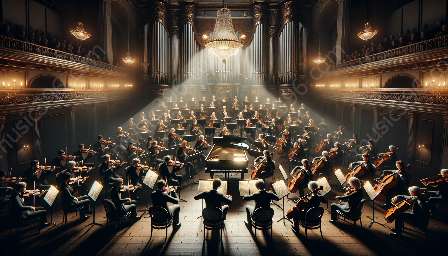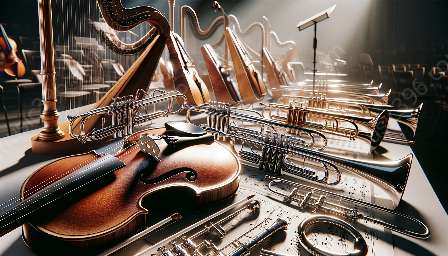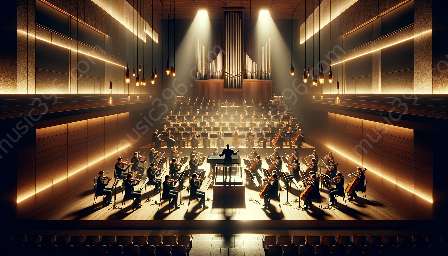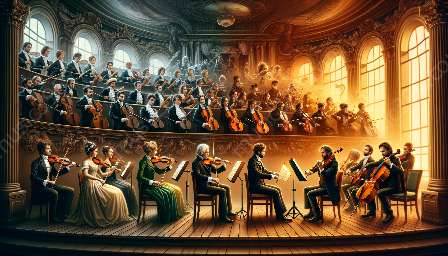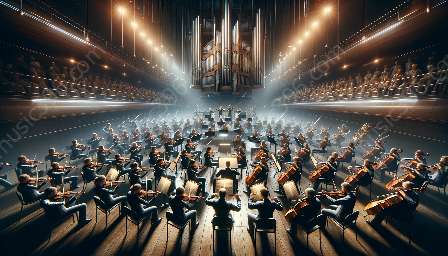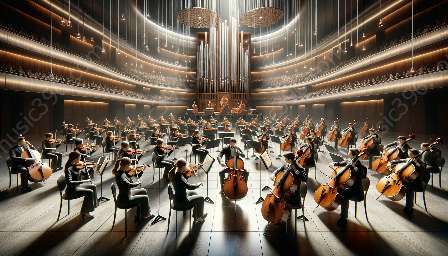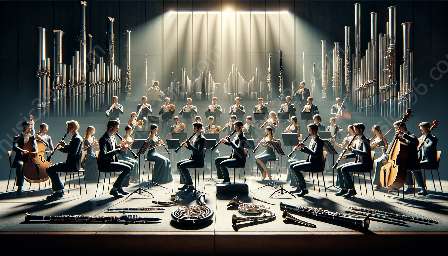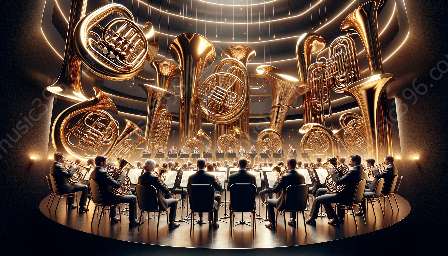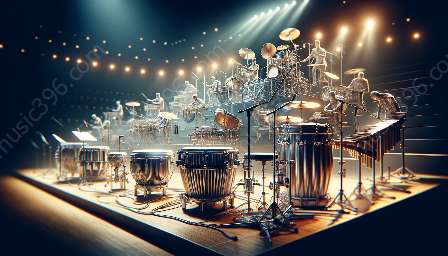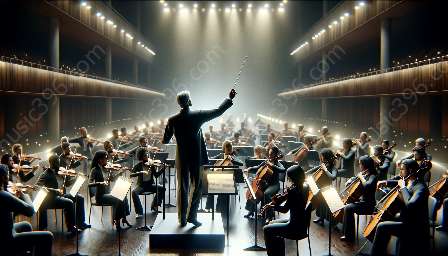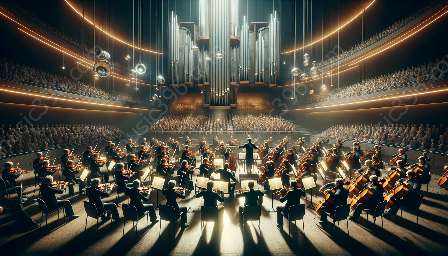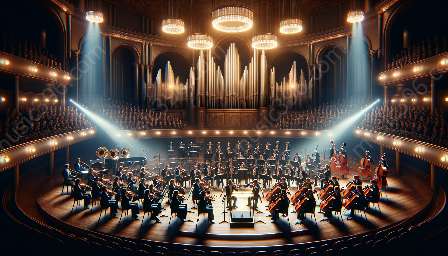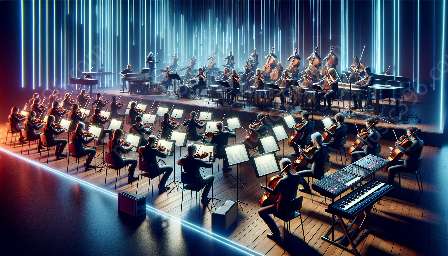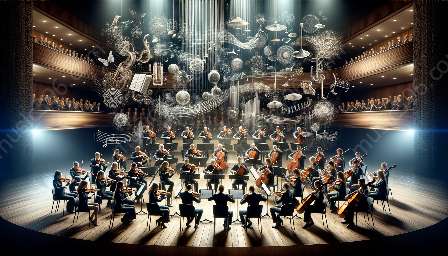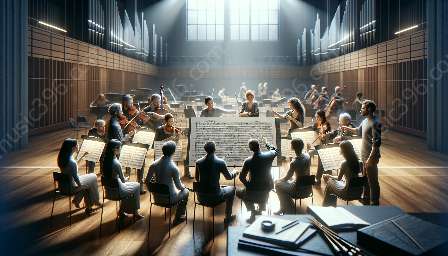Orchestration is the art of arranging music for an orchestra, involving the choice and balance of instruments to create a cohesive and expressive composition. Understanding the techniques of orchestration is crucial for composers and arrangers in creating impactful symphonic works. In this guide, we'll explore various techniques of orchestration, their application in orchestral composition and notation, and how they contribute to the overall sound and texture of an orchestral piece.
Elements of Orchestration
Before delving into specific techniques, it's essential to grasp the fundamental elements of orchestration. These elements include instrumentation, voicing, texture, spacing, dynamics, and tone color.
Instrumentation
Instrumentation refers to the selection and distribution of instruments throughout an orchestral score, considering the range, timbre, and capabilities of each instrument. Composers must be mindful of the orchestral palette available to them and make informed decisions when assigning parts to various instruments.
Voicing
Voicing involves the arrangement of chords and melodic lines for different instruments within the orchestra. Understanding voicing enables composers to create harmonically rich and balanced textures, utilizing the unique characteristics of each instrument.
Texture
Texture refers to the overall density and layering of musical elements in a composition. Orchestration techniques influence the texture by determining the distribution of musical lines, from monophonic passages to dense, polyphonic orchestrations.
Spacing
Spacing deals with the physical placement and distribution of instruments across the orchestral score. Proper spacing ensures clarity and balance in the overall sound, avoiding overcrowding or imbalance within the ensemble.
Dynamics
Dynamics play a crucial role in orchestration, as composers utilize various techniques to control the volume and intensity of the music. Dynamic markings and nuances guide the performers in delivering the intended emotional impact of the composition.
Tone Color
Tone color, also known as timbre, refers to the unique sonic quality of each instrument. Orchestration techniques exploit the wide spectrum of tone colors available in an orchestra, allowing composers to paint vivid sonic landscapes.
Orchestration Techniques
Now that we've established the foundational elements, let's delve into specific techniques of orchestration:
Instrumental Doubling and Divisi
Instrumental doubling involves assigning the same melodic line to multiple instruments, enhancing the richness and power of the sound. Conversely, divisi splits a section of instruments into separate parts, adding depth and complexity to the orchestral texture.
Register Shifting
Register shifting refers to the strategic movement of melodic or harmonic lines across different instrument registers. This technique allows composers to create varied timbres and exploit the full range of the orchestra.
Orchestral Coloration
Composers use orchestral coloration to blend and contrast different instrumental timbres, creating compelling sonic palettes and evocative contrasts within the composition.
Ornamentation
Ornamentation involves embellishing melodic lines through the use of trills, grace notes, and other decorative elements, adding expressive flair to the music and showcasing the capabilities of individual instruments.
Harmonization and Counterpoint
Harmonization and counterpoint techniques facilitate the interplay of melodic lines and harmonies within the orchestration, contributing to the overall depth and complexity of the musical fabric.
Extended Techniques
Exploring extended techniques allows composers to push the boundaries of traditional orchestral sound, incorporating unconventional playing methods and sounds to create avant-garde and experimental compositions.
Application in Orchestral Composition and Notation
These orchestration techniques significantly impact the compositional process and the notation of orchestral scores. Composers must effectively communicate their orchestration choices through meticulous notation, ensuring that performers can accurately interpret and execute the intended musical ideas.
Detailed Instrumentation Notation
Specific instructions for each instrument, including articulations, dynamics, and performance techniques, must be clearly notated to convey the composer's intended orchestral palette and expression accurately.
Careful Spacing and Clarity
Clear and intuitive spacing of musical elements within the score is essential for ensuring coherence and readability, facilitating efficient rehearsals and performances.
Timbral Descriptions
Using detailed timbral descriptions in the score helps performers understand the desired tone color and sonic character, enabling them to produce nuanced and expressive performances.
Orchestration Diagrams
Incorporating orchestration diagrams and visual aids can provide valuable insights into the composer's intentions, aiding performers in comprehending the intricate orchestral textures and relationships among instruments.
Impact on Orchestral Sound and Texture
Ultimately, the techniques of orchestration have a profound impact on the overall sound and texture of an orchestral performance. By mastering these techniques, composers can shape the emotional resonance, dramatic arc, and sonic depth of their compositions.
Expressive Palette
Through skillful orchestration, composers can expand the expressive palette of the orchestra, eliciting a wide range of emotions and moods, from tender intimacy to grandeur and power.
Dynamic Range
Effective orchestration techniques allow for the exploration of a vast dynamic range, from delicate pianissimo passages to thunderous fortissimo climaxes, creating compelling contrasts and dramatic tension.
Sonic Depth and Textural Complexity
Orchestration techniques contribute to the creation of multi-layered textures and intricate interplay among instruments, enriching the sonic fabric with depth, color, and complexity.
Musical Narrative
Orchestration plays a pivotal role in shaping the narrative arc of a composition, guiding the listener through a compelling musical journey and evoking powerful imagery and storytelling.
Conclusion
The art of orchestration encompasses a rich tapestry of techniques and considerations, serving as a cornerstone of orchestral composition and notation. By mastering the techniques of orchestration, composers can create immersive and evocative symphonic works that captivate audiences and leave a lasting impact. Understanding the interplay of instrumentation, voicing, texture, spacing, dynamics, and tone color empowers composers to unleash the full potential of the orchestra and bring their musical visions to life.

